You’ve likely savored the rich, umami flavors of soy sauce and miso without realizing their common denominator: koji culture. This ancient Japanese fermentation technique utilizes the mold Aspergillus oryzae to transform rice, soybeans, and other grains. By breaking down starches and proteins, koji not only enhances flavors and textures but also plays a critical role in the nutritional enhancement of foods. While this might seem like a culinary magic trick, the real intrigue lies in how these microscopic agents orchestrate such profound transformations. What might surprise you is how accessible mastering this technique can be, potentially revolutionizing your home cooking. Curious? Let’s explore how this could change the way you think about food.
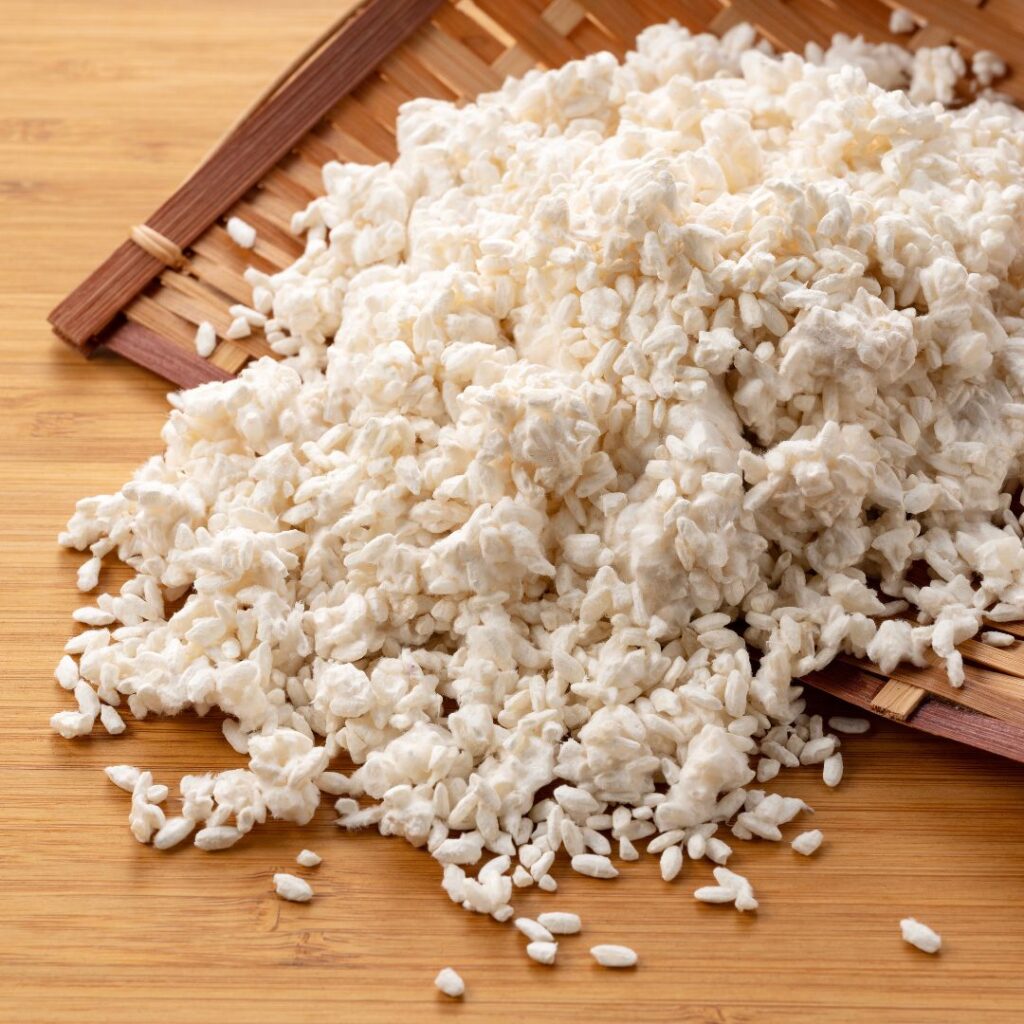

What is Koji Culture
Koji culture, integral to traditional Japanese cuisine, involves fermenting grains like rice and soybeans with the mold Aspergillus oryzae to produce essential ingredients such as soy sauce and miso. You’re in control of this transformative process, where the mold acts not as a spoilage agent, but as a beneficial catalyst. This technique, honed over centuries, allows you to harness the power of microbial activity, converting simple grains into complex flavors that are foundational to much of Japanese cooking.
When you initiate koji fermentation, you’re setting off a series of biochemical reactions. The mold releases enzymes that break down starches and proteins in the grains, turning them into sugars and amino acids. These components are critical for developing deep umami flavors and distinctive textures in your dishes. This isn’t just cooking; it’s alchemy, where you take basic elements and transmute them into culinary gold.
Embrace the mastery of this age-old method to create an array of traditional Japanese products. From the tang of soy sauce to the rich savoriness of miso, your ability to manipulate koji fermentation directly influences the taste and quality of these staples. Understanding and controlling this process puts you at the heart of Japanese culinary tradition.
Understanding of Koji
You now understand how koji culture transforms basic grains through fermentation, so let’s explore its broader implications and applications in culinary practices. Koji isn’t just a fermenting agent; it’s a culinary powerhouse you can leverage to elevate your cooking. By understanding koji’s role, you gain control over an ancient process that profoundly impacts flavor profiles.
In your kitchen, using koji means you’re adopting techniques honed over millennia. It allows you to manipulate textures and enhance flavors, turning ordinary ingredients into gourmet-worthy dishes. Think about it: you’re not just cooking; you’re engineering your meals with precision.
Beyond its traditional use in Japanese cuisine, koji has versatile applications. You can integrate it into your recipes to create marinades that tenderize meats or to develop rich, savory umami flavors in plant-based dishes. This isn’t just about following recipes—it’s about mastering them, making educated adjustments based on your understanding of how koji interacts with different components.
Embrace koji as more than an ingredient; see it as a tool that gives you control over culinary outcomes. With this knowledge, you’re equipped not just to cook, but to create, ensuring every dish is a reflection of both tradition and your personal touch.
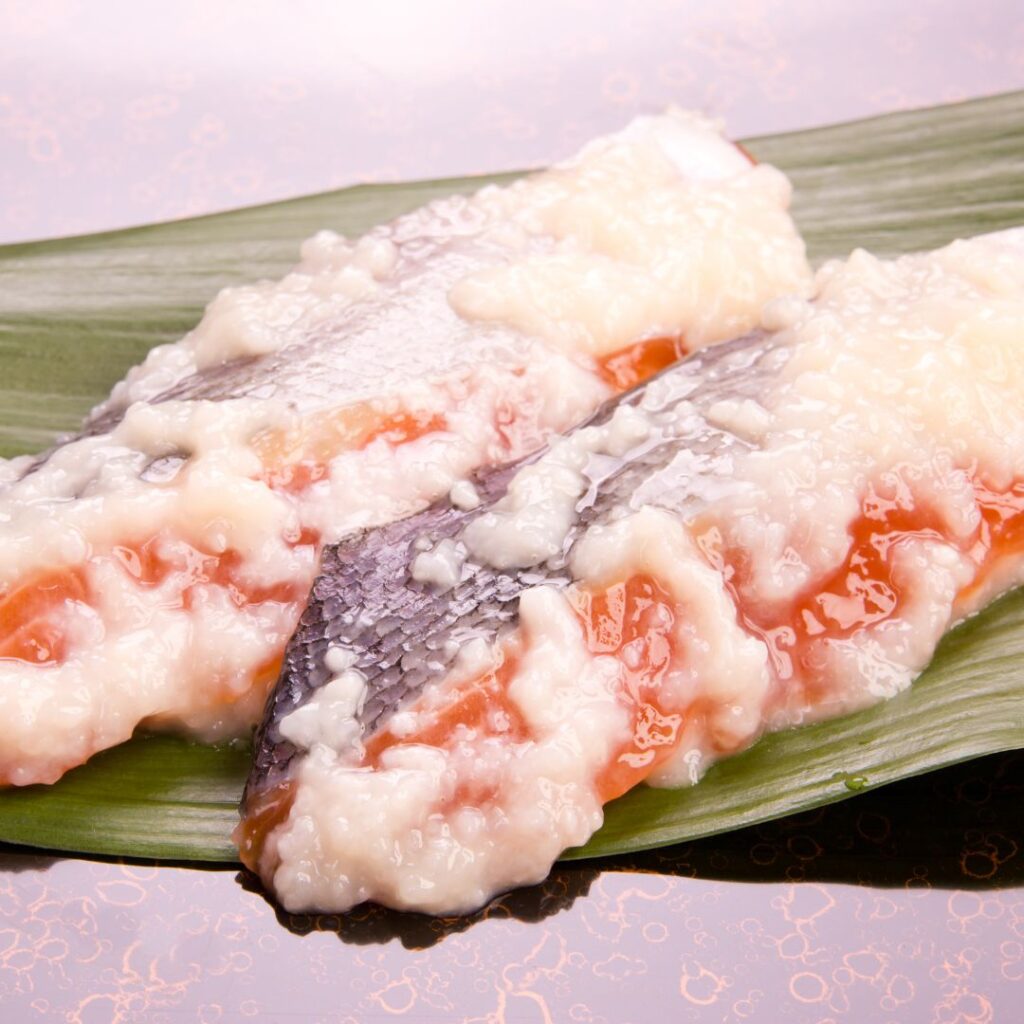

What Does Koji Do
During the fermentation process, koji acts by dismantling complex carbohydrates and proteins into simpler, flavor-enhancing compounds. This transformative ability allows you to access a spectrum of flavors and textures in your culinary creations that weren’t available before. By harnessing koji, you’re not just cooking; you’re engineering a finer dining experience.
With koji, you gain control over the umami in your dishes. This is essential because umami, often described as the fifth taste, adds depth and satisfaction that can elevate simple meals into memorable ones. Koji’s enzymes release amino acids like glutamate, a cornerstone of that desired savory flavor, directly into your foods, naturally enhancing their inherent tastes without artificial additives.
Moreover, the breakdown of starches into simpler sugars not only sweetens your dishes subtly but also improves their texture, giving body to sauces and perfect crusts to breads. You’re not left to the whims of raw ingredients; instead, you manipulate them to serve your vision.
What is Koji Made Of
At its core, koji consists of steamed grains such as rice or soybeans that have been inoculated with Aspergillus oryzae mold. This mold, essential for your koji-making process, transforms the grains into a powerhouse of enzymes. These enzymes are the workhorses, breaking down starches and proteins into simpler compounds that you can harness in various culinary applications.
You’ll typically start with choosing the right base for your koji. If you’re aiming for a traditional approach, white rice is a popular choice due to its clean flavor and ability to act as an effective substrate for mold growth. Alternatively, barley and soybeans offer distinct textures and flavors, giving you control over the final taste profile of your koji.
Once you’ve selected your base, it’s steamed to just the right consistency—not too wet, not too dry. This precision guarantees mold growth. The inoculated grains are then kept in a warm, humid environment to encourage the mold to flourish. You’re in control of this process, adjusting humidity and temperature to dictate the speed and intensity of fermentation.
What is Koji Food
Now that we’ve explored how koji is made, let’s examine how this remarkable ingredient is utilized in various foods. You’ll find koji at the heart of many staple Japanese dishes, where its transformative powers are activated. In soy sauce and miso, koji acts as a catalyst, breaking down proteins and carbohydrates into amino acids and sugars. This not only enhances flavor but also contributes to a deeper, richer umami profile, giving you control over the taste complexity of your culinary creations.
Koji’s influence extends to sake and mirin, where it initiates the fermentation process necessary for their production. By manipulating koji’s fermentation time and conditions, you can influence the flavor profile and alcohol content of these beverages, tailoring them to your specific taste preferences. Additionally, the application of shio koji in marinades tenderizes meat and infuses it with flavor, allowing you to enhance the sensory qualities of your dishes.
Understanding and harnessing the power of koji lets you elevate ordinary ingredients into extraordinary flavors, providing you with the tools to craft and refine your culinary repertoire with precision. Embrace koji’s potential to transform your cooking and take charge of the flavors on your plate.
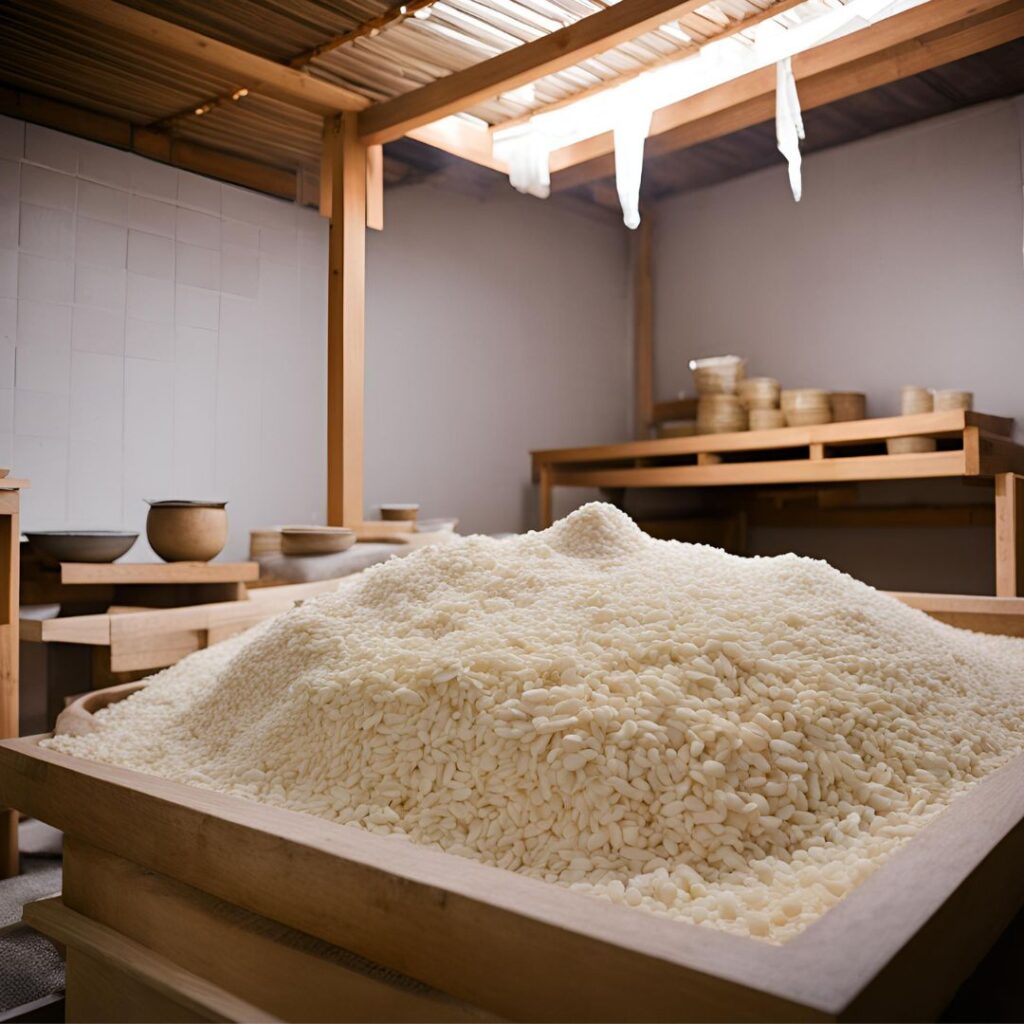

Making Koji at Home
Making koji at home allows you to explore its versatile culinary applications right in your own kitchen. You’ll need to start by selecting the right type of rice—short-grain white rice is commonly used due to its ideal growth conditions for the koji mold, Aspergillus oryzae. Make sure the rice is well-cooked but not overly wet, as moisture can impact the mold’s growth.
Once your rice is prepared, you’ll inoculate it with koji spores, available online or at specialty stores. Spread the rice in a shallow, clean tray to allow even exposure to the spores. The environment is important; you’ll need a warm (about 30°C) and humid place for the mold to develop effectively. It could be a simple setup with a heating pad and a damp towel, or a more controlled incubation chamber if you’re aiming for precision.
During the next 24 to 48 hours, you’ll notice the mold beginning to develop. It’s essential to mix the rice occasionally to ensure even mold growth and prevent overheating. Once the rice grains are covered in a thin, white mold, your koji is ready. This fresh koji can now be used to make a variety of Japanese ferments like miso, sake, or soy sauce, giving you a direct hand in these traditional processes.
Storage and Preservation
Once you’ve made your koji, you’ll need to store it properly to maintain its quality and extend its shelf life. Immediate storage is important as fresh koji is highly perishable. If you’re not using it right away, refrigeration is your best bet. Place the koji in an airtight container or a sealed plastic bag to prevent moisture and other contaminants from affecting it. This method will keep it usable for about one month.
For longer storage, freezing is an effective option. Make sure you spread the koji out on a baking sheet, freeze it until solid, and then transfer it to a freezer-safe bag or container. This prevents the grains from clumping together and allows you to use small amounts as needed. Frozen koji can last up to six months without significant loss of quality.
If you’ve dried your koji, store it in a cool, dark place in an airtight container. Dried koji has a shelf life of several months, depending on the storage conditions. Always check for any signs of mold or unusual odors before use, as these indicate spoilage. Proper storage not only preserves koji but ensures its effectiveness in your culinary creations.
Troubleshooting Common Issues
If you encounter problems while making or using koji, identifying and resolving these issues swiftly is crucial for maintaining the quality of your fermentations. Here’s how you can take control and fix common koji issues effectively.
First, if your koji isn’t growing as expected, check the temperature and humidity levels. They should ideally be around 30°C and 70-80% humidity. Adjust your environment accordingly. If mold growth seems slow, make sure you’re not suffocating the culture; it needs air to thrive.
Seeing off-color mold? You’ve likely got contamination. It’s important to sterilize all equipment and surfaces before beginning your koji process. Use boiled water to clean and sanitize everything. If contamination persists, consider using a different strain of Aspergillus oryzae, as some are more resilient against contaminants.
If your koji smells unusually sour or off, it might be fermenting too quickly. This can happen if it’s too warm. Try lowering the temperature slightly to slow down the process. Also, make sure your base—whether rice, soybeans, or barley—is cooked properly. Undercooked grains don’t provide the right environment for koji to develop effectively.
Conclusion
You’ve now explored the fascinating world of koji culture, understanding how it’s made and what it does to transform foods.
Whether you’re making koji at home or just curious about its role in Japanese cuisine, you’re equipped to preserve, store, and troubleshoot any issues that arise.
Embrace this age-old process to enhance flavors in your cooking and appreciate the intricate ways koji culture shapes culinary traditions.
Enjoy experimenting and discovering the rich tastes koji can offer!


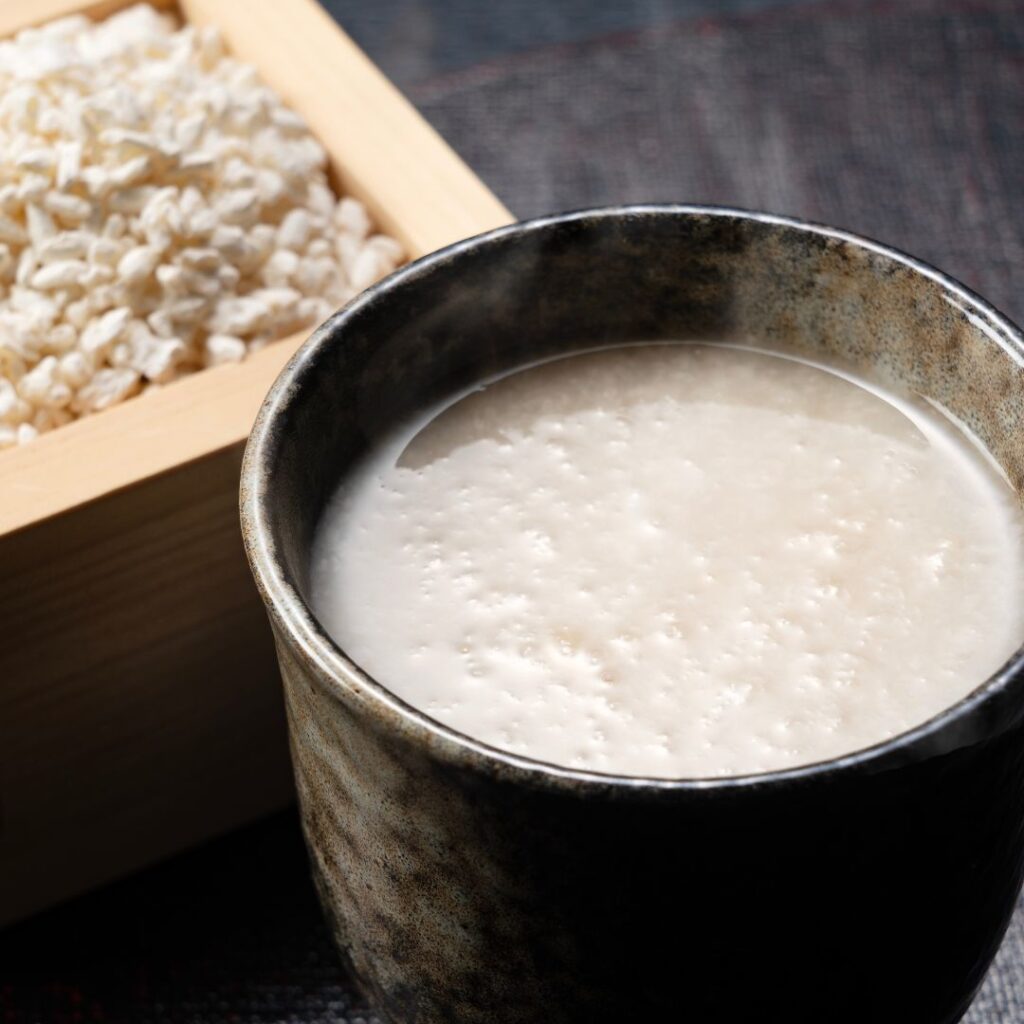


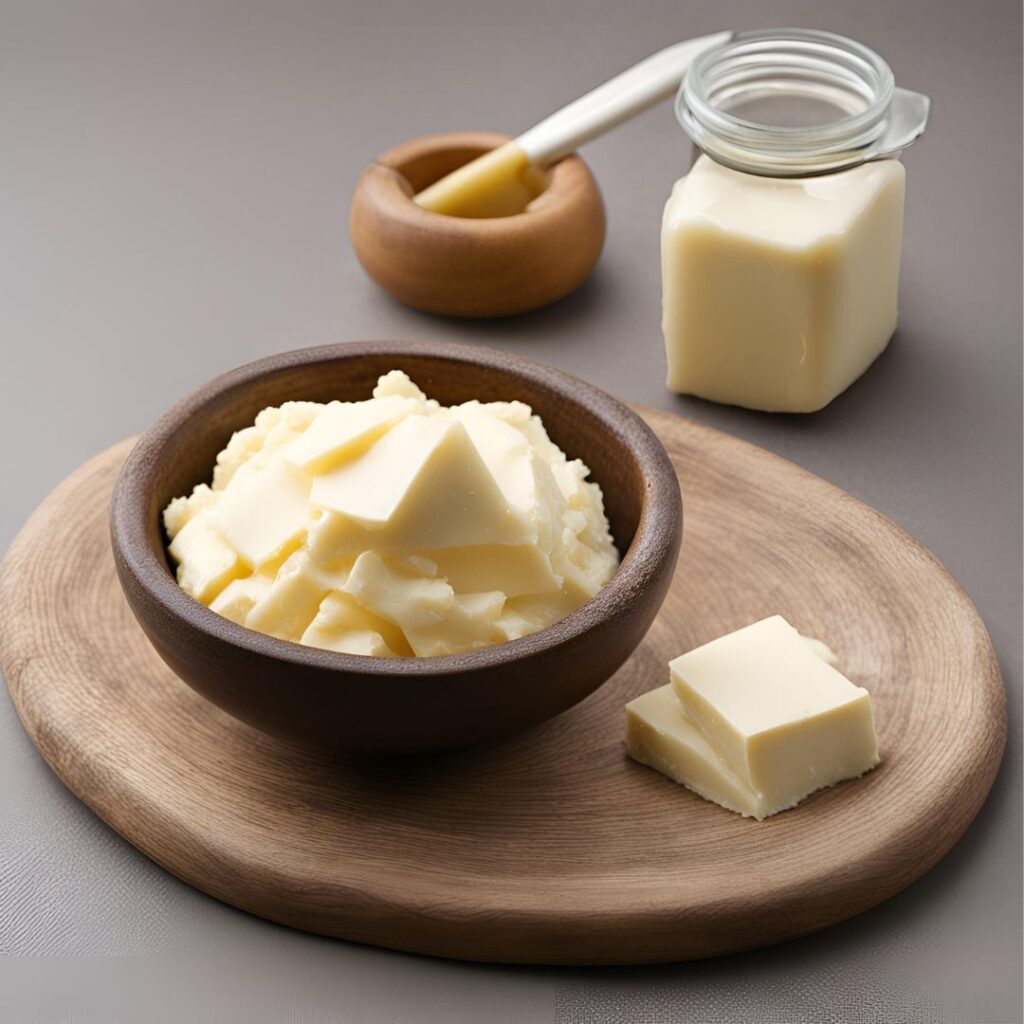
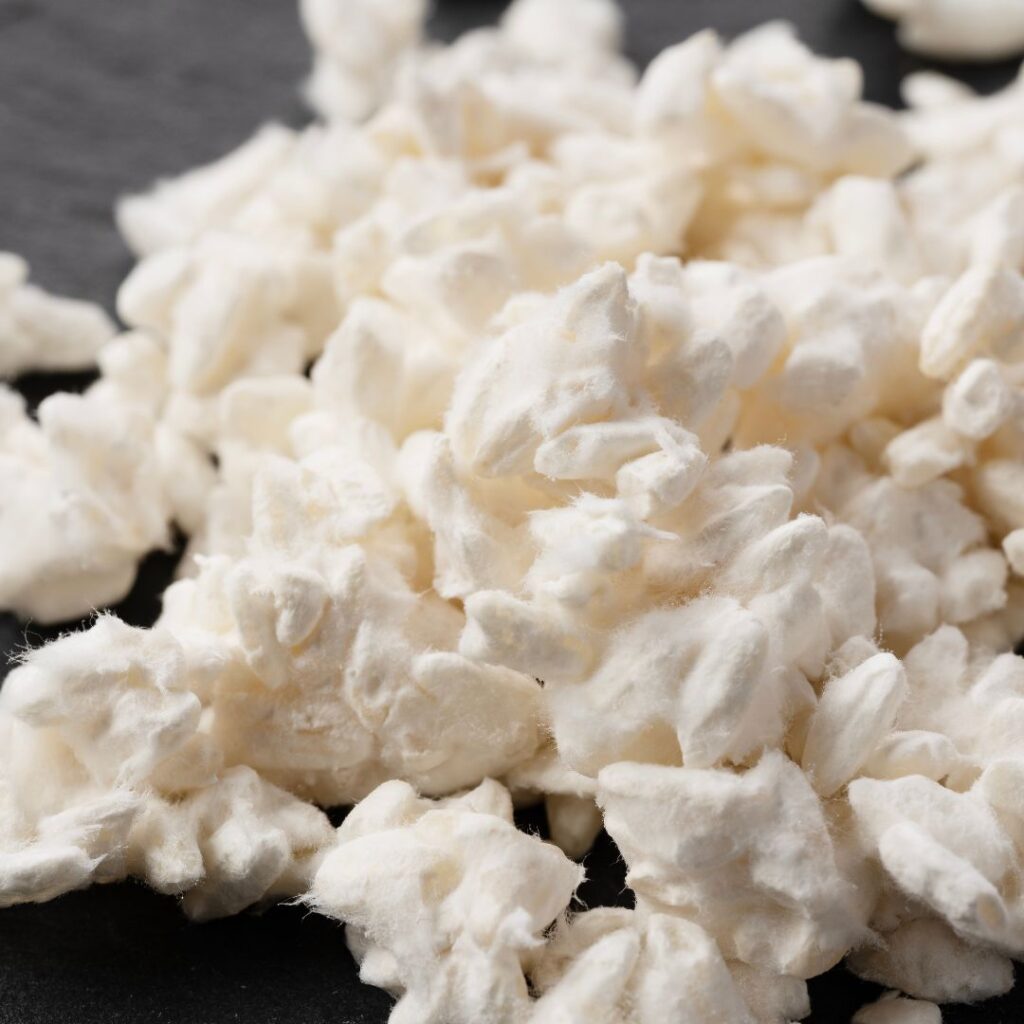
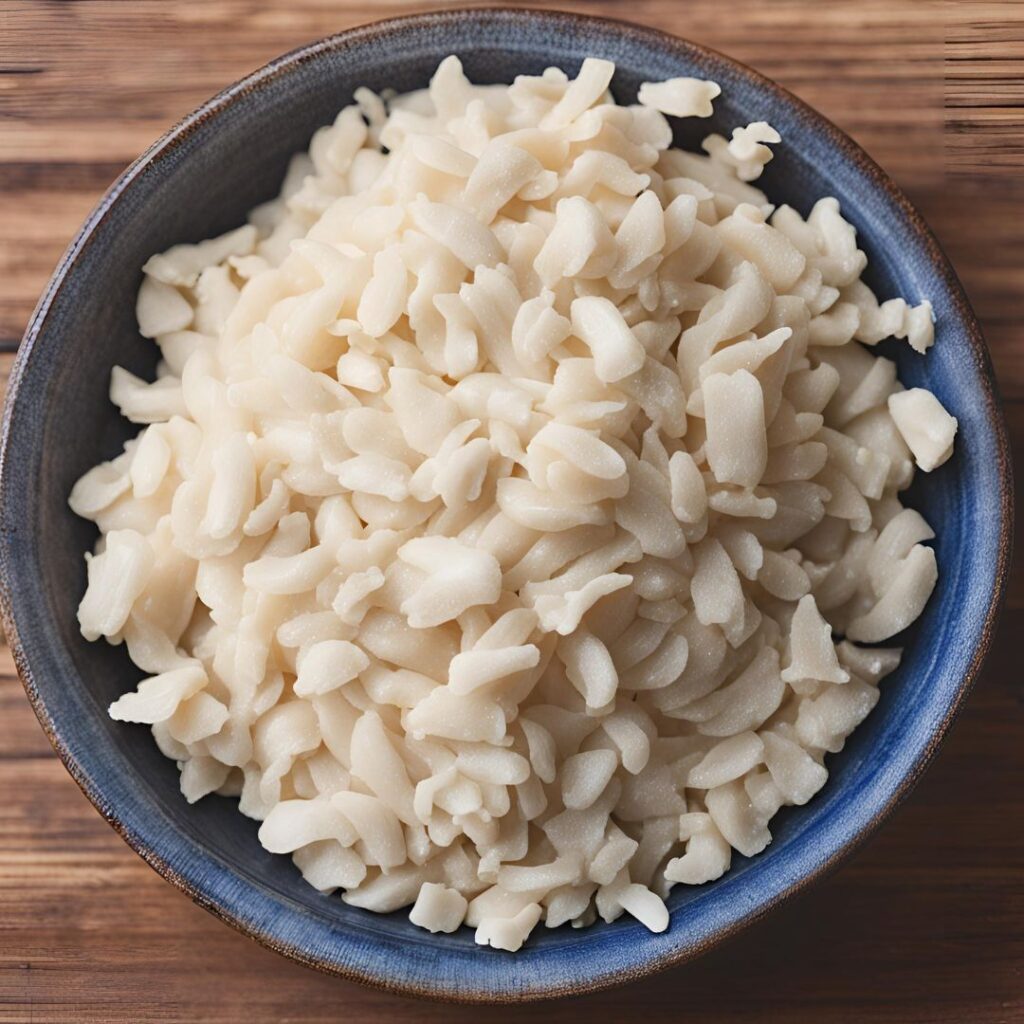
Konnichiwa! (Hello!) I'm Pat Tokuyama, a Japanese tofu cookbook author, who travels for music, food, and adventure. If you like Japanese tea, checkout some of the newestorganic japanese tea, matcha bowls and noren and more!
** Curious about the Plant Based Japanese Cooking Club? ** Learn more here!